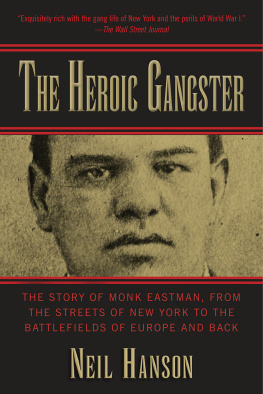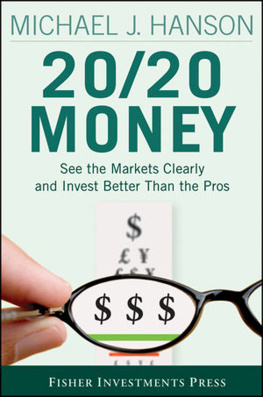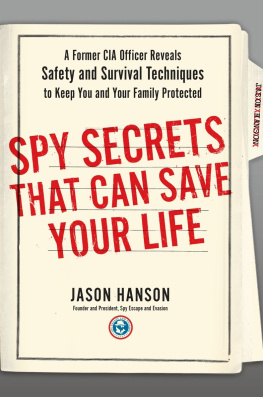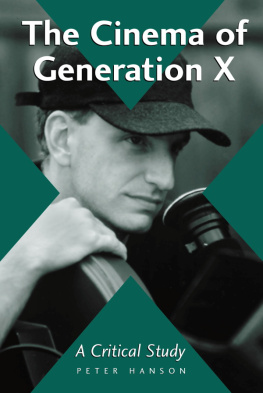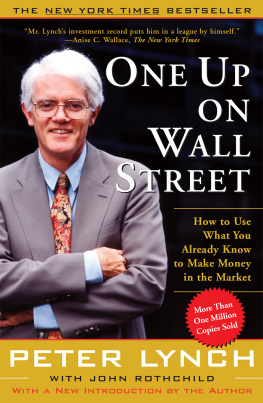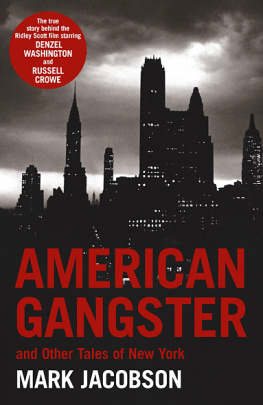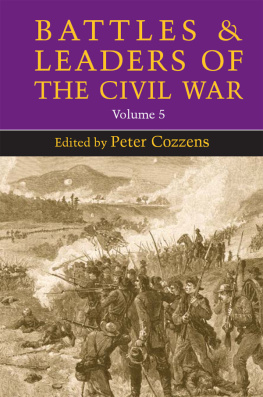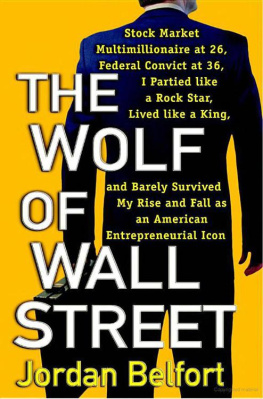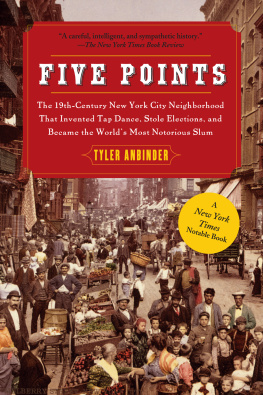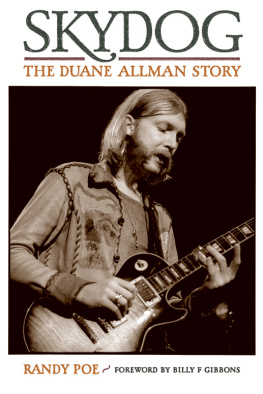THE HEROIC GANGSTER
ALSO BY NEIL HANSON
The Confident Hope of a Miracle
Unknown Soldiers
THE HEROIC GANGSTER
THE STORY OF MONK EASTMAN,
FROM THE STREETS OF NEW YORK
TO THE BATTLEFIELDS OF EUROPE
AND BACK
NEIL HANSON

Skyhorse Publishing
For the members of my gang:
Lynn, Jack, and Drew
Copyright 2010, 2013 by Neil Hanson
Published by arrangement with Alfred A. Knopf, an imprint of The Knopf Doubleday Publishing Group, a division of Random House, Inc.
All Rights Reserved. No part of this book may be reproduced in any manner without the express written consent of the publisher, except in the case of brief excerpts in critical reviews or articles. All inquiries should be addressed to Skyhorse Publishing, 307 West 36th Street, 11th Floor, New York, NY 10018.
Skyhorse Publishing books may be purchased in bulk at special discounts for sales promotion, corporate gifts, fund-raising, or educational purposes. Special editions can also be created to specifications. For details, contact the Special Sales Department, Skyhorse Publishing, 307 West 36th Street, 11th Floor, New York, NY 10018 or info@skyhorsepublishing.com.
Skyhorse and Skyhorse Publishing are registered trademarks of Skyhorse Publishing, Inc., a Delaware corporation.
Visit our website at www.skyhorsepublishing.com.
10 9 8 7 6 5 4 3 2 1
Library of Congress Cataloging-in-Publication Data is available on file.
ISBN: 978-1-62087-815-6
Printed in the United States of America
CONTENTS
MAPS
PART 1

Monk Eastmans Domain: The Lower East Side in 1902

The Battles of Mont Kemmel and Vierstraat Ridge

The Battles of the Hindenburg Line and the Selle and St.-Maurice Rivers
Prologue
A LOT OF LITTLE WARS
SEPTEMBER 21, 1917
W hen the sergeant manning the recruiting desk in the Brooklyn Armory glanced at the next man in the line of potential recruits, he did a double take. Since the U.S. declaration of war on April 6 of that year, he had processed an endless stream of volunteers and conscripts. Most were young and fresh-faced, excited but more than a little frightened at the prospect of going to war on a continent from which most of their forefathers had sprung, but to which they owed no present allegiance, and of which they often displayed the most profound ignorance and indifference.
The man now standing, impassive, before him, was unlike any of those who had come before him. He was much olderthirty-nine, he said, though in that, as in much else in his life, he lied, since he was actually forty-threebut his age was not the only thing that held the recruiting sergeants gaze. Just five foot seven inches tall, the man was as solid as a tenement block, with powerful, simian arms and fists like clubs. His knuckles were crosshatched with faint white scars. His neck and face also bore scar tissue: both the rough, ragged marks left by brass knuckles, clubs, and bottles, and the clean white lines of razor and knife cuts.
Even in his prime he was never a handsome man, but he now redefined ugliness. He was coarse and fleshy-featured, his skin pockmarked, his dark-brown, almost black, eyes hooded and close-set. The aftermath of smallpox and brawls, his face looked like a stretch of Carolina landscape after a hurricane has blown over, with boats in the middle of town, cars overturned, cows hooked on flagpoles... Coming down a dark downtown street, he must have looked like death itself. His hair was parted neatlyan odd dandified touch, like a hat on a horse but his ears were cauliflowered and mangled, and his broken, flattened nose gave his thick East Side accent an even more nasal quality. His front teeth, broken in fistfights, had been capped with gold, the precious metal in this bruisers face as incongruous as a diamond in a dung heap.
As he stripped to the waist for his medical examination, he revealed more scars on his back and torso, and the ugly marks left by two bullet wounds in his stomach. With the air of a man retelling a favorite anecdote, he told the sergeant that after he was shot, hed plugged the holes with his fingers and walked to the hospital. As he stood on the scale, he added that hed been shot so often that they should allow a little extra for the weight of the bullets still embedded in his body.
So what battles have you been in? the sergeant asked.
Oh, a lot of little wars around New York.
The path that had led the man to this armory in Brooklyn was a long and tortuous one. He had tasted wealth and fameor at least infamy that few had ever known, and he had sunk to depths that few others had reached. Now, in a moment that marked a personal epiphany, he stood on the brink of a final disgrace, or redemption, or perhaps even death. For the first time in his life, the mans undoubted personal courage and his skill with his fists, knives, clubs, and firearms were to be used not in criminal pursuits, but in the legitimate service of the state.
This year of 1917 was also an epochal moment for New York and the United States. Neither this gangster and the criminal world he inhabited nor the city in which he had lived and built his fearsome reputation would emerge from the war unchanged. Over the past century, the nation born largely of European immigrants had turned its back on the Old World and set its face resolutely to the West. Now it found itself being drawn out of its insularity to take its place in the wider world. Not all were happy with this development. For many Americans, the war raging beyond the Atlantic was just another of the endless disputes and conflicts between the decaying European powers, as meaningless and irrelevant to the United States as some Ruritanian melodrama. However, if that feeling was strongest in the American heartlands of the Midwest, it was far less keenly felt on the East Coast, and particularly in New York, where old-world ties of blood, heritage, and trade were strongest. The hordes of recent immigrants from Russia, Germany, Italy, Britain, and other European countries had left friends and family behind who were now enmeshed in the bloody conflict and, whether soldiers or civilians, were paying a heavy price. Even the Irish, locked in an increasingly bloody struggle for independence from English rule, had sent thousands of men to fight and bleed alongside their English comrades.
The U.S. declaration of war had also forced many foreign-born Americans, perhaps for the first time in their lives, to confront the question of their core identity: Did they define themselves by the land of their birth, or by that of their adopted country? Hundreds of thousands of foreign-born men gave a categorical answer to the question. Before serving with the American Expeditionary Force, they adopted American citizenship under the naturalization tree in Louisville, Kentucky, or at similar ceremonies the length and breadth of the United States.
German-Americans, the largest single group of foreign origin within the United States, whose patriotism was now under scrutiny and whose ancestry, language, and culture were often vilified, rarely equated their roots with sympathy for the Kaiser and German militarism. Many of the Germans who arrived in the United States in the 1870s and 1880s had emigrated for political reasons or to avoid conscription, and few of them or their descendants showed much enthusiasm for supporting, let alone enlisting in, the German armies now. In fact, after a meeting in Chicago in May 1915, a group of German-Americans formed the Deutsche-Amerikaner Freikorpsa volunteer unit to fight on the Allied side.

